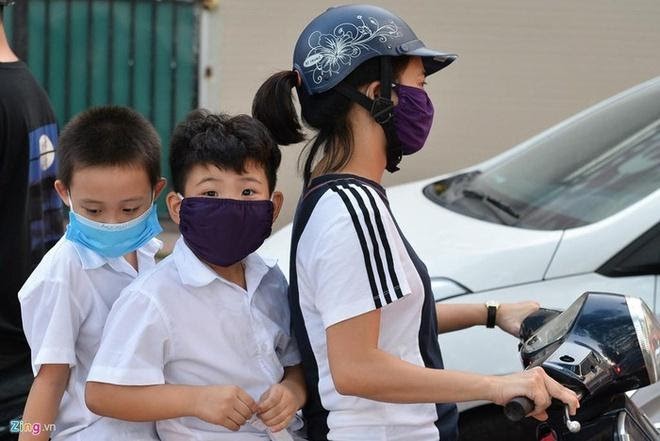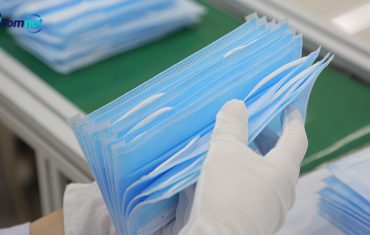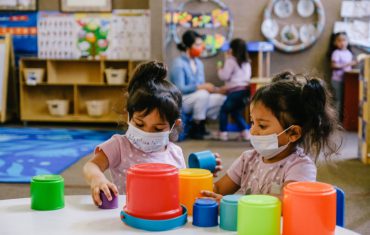Medical masks, N95 “out of stock”. So, fabric masks can prevent pandemic corona virus or not?
Below is the share of TS. Nguyen Hong Vu, National Cancer Research Institute, City of Hope, California, USA, Purple Ribbon Scientific advisor on how to use fabric masks correctly.
How to use fabric mask to prevent coronavirus?
Recently, many people questioned: “Medical masks, N95 ‘out of stock’. Is it possible to use cloth masks as a substitute for coronavirus pandemic prevention?”.
My answer is yes. However, this is not the most optimal choice.
The fabric has a larger aperture than medical mask and N95, so the ability to resist droplets is lower. However, they also reduce infection when the droplets are absorbed onto the mask, preventing the virus from entering the respiratory tract.
Reusable fabric masks should be washed with antibacterial soap daily and dried in the sun. In addition, when choosing to buy a mask, consumers should choose the type that clearly states the ingredients, is resistant to dust, and antibacterial.
In certain areas there is a high possibility of exposure to pathogens, for example where an infected person is identified, a medical mask is required.

Reusable fabric masks should be washed with antibacterial soap daily and dried in the sun.
Besides, there is another question that besides masks, should I wear glasses or not. The answer is yes. Glasses can help prevent fluid particles from getting into the eye.
Who needs to wear a face mask?
The corona virus lives mainly in cells in the respiratory tract. They infect cells, reproduce, multiply in those cells and escape. Therefore, their presence in the respiratory tract fluids is inevitable. When an infected person coughs and sneezes, the compression of the released vapor turns the respiratory fluids into tiny droplets containing the viruses in it.
Science has shown that when sneezing, particles can be thrown out at a speed of 50 m / s, up to more than 6 m. While coughing, the fluid particles will move at a speed of 10 m / s, diffusing further than 2 m. From normal breathing, the fluid particles travel only 1 m / s and only diffuse within 1 m.
In addition, according to a 2013 study, these fluid particles range in size from about 75 to 360 micrometers (1 micrometer = 1,000 nanometers). Conventional 3-layer medical masks are capable of effectively filtering particles over 5 micrometers in size or more. As a result, those fluid particles can be easily trapped on the outside of the mask.
In case of lack of masks, who should prioritize wearing masks? In my opinion, the priorities should be as follows:
1. People infected with virus: This is the object of top priority because it is easy to spread germs to people around. The number of infected people will continue to increase, uncontrollably.
2. Medical staff: These people have much contact with patients who carry germs, so their risk of infection is much higher than those outside. Equipping them as much as possible so as not to get infected is essential.
3. Family members take care of sick people: Like medical staff, this person is in direct contact with germs so it is necessary to prevent infection.
4. Healthy people go to crowded places, there are many infected people in the area, but the community has not been identified yet (the phenomenon of community infection occurs). To prevent people in public settings from sneezing, coughing, spilling virus-carrying fluid particles out of their masks or even they are not wearing a mask or wearing it incorrectly. Therefore, in situations where an pandemic occurs but there is a shortage of masks, you should “yield” in the order of priority as above. Young people give preference to the elderly, who have other chronic diseases because they have a higher risk of death



